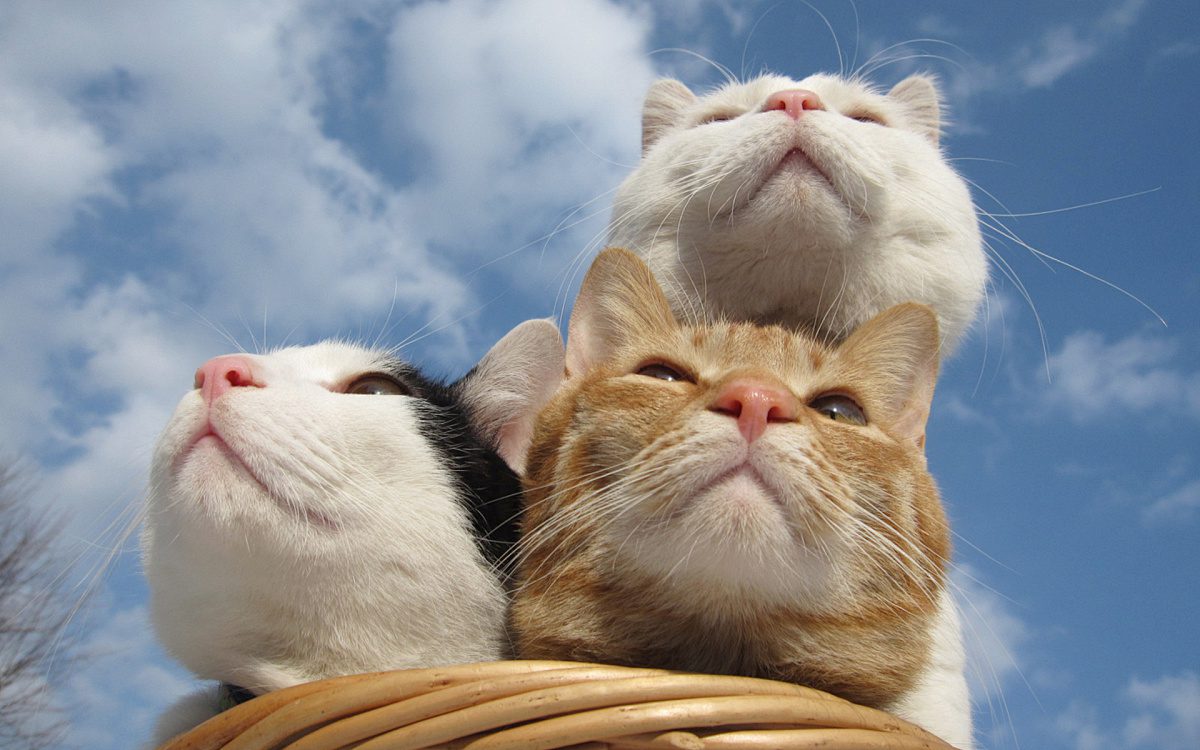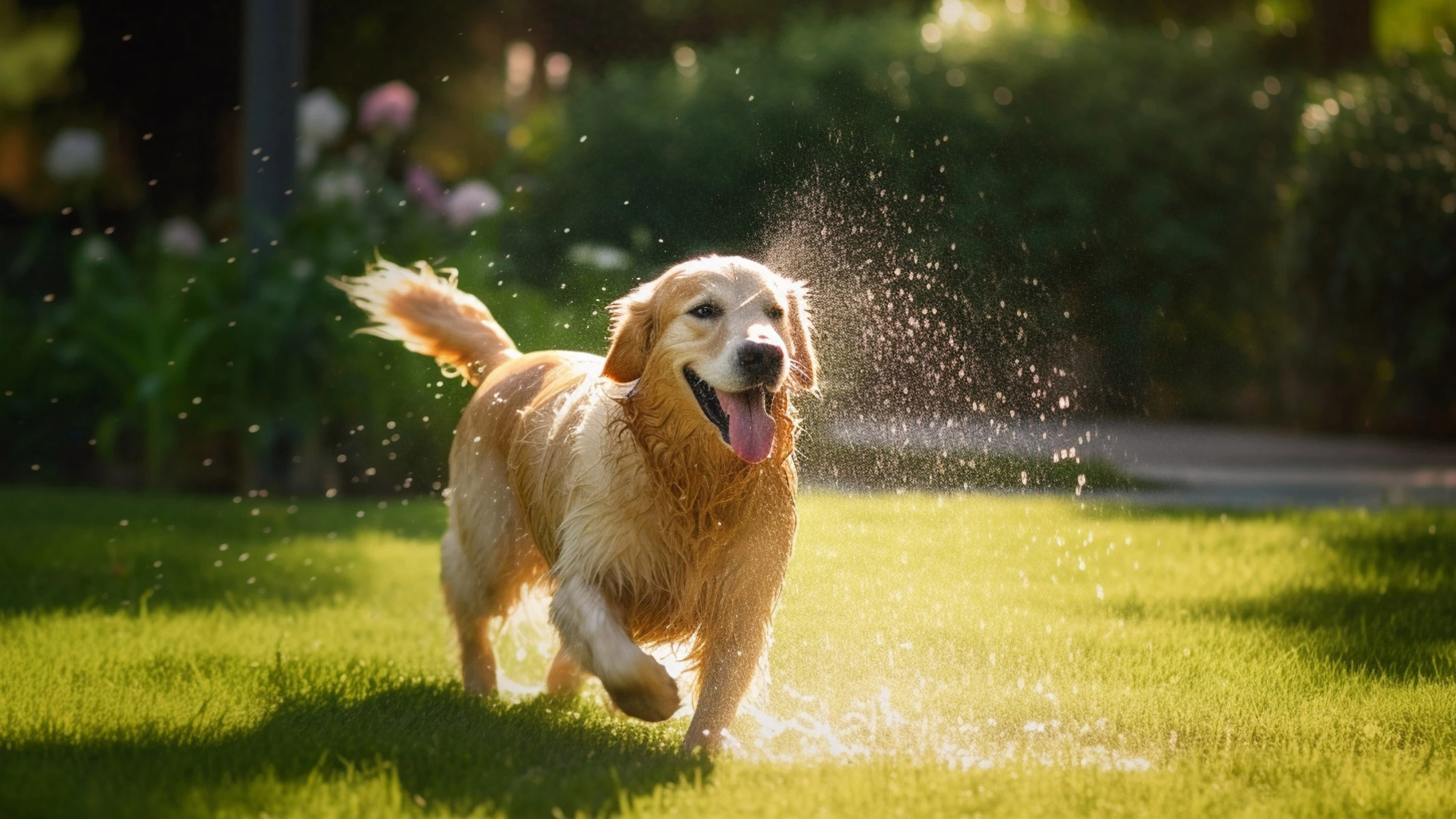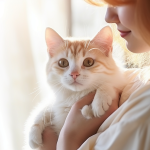“Dogs can only see black, white and gray, so red toys are not appealing to them” – this half-century-old “common sense” is being overturned by modern science. When we speculate about animal senses from an anthropocentric perspective, we often fall into a cognitive misunderstanding. In fact, the visual world of dogs and cats is far more colorful than we think, but this splendor follows a completely different spectrum.

1.The genetic code of visual cognition
The mammalian retina harbors the ultimate code of vision: the optic cones determine color perception and the optic rods are in charge of light capture. Humans have three types of cone cells, which make up the triadic color system for perceiving red, green and blue, while canines retain two types of cone cells (blue and yellow) and felines have evolved special light-enhancing structures while retaining two-color vision. This difference allows them to have a color gamut that is 40% narrower than that of humans, yet they are able to accurately capture the ultraviolet spectrum, which is invisible to us.
In low light, the density of optic rod cells in a cat’s eye is 6-8 times higher than that of a human’s, and with the structure of the reflective membrane (bright carpet), it requires only 1/6 of the amount of light required by a human to image clearly. When we bump into furniture in the dark, cats are enjoying the dusty dance of the moonlight with eyes comparable to starlight night vision.

2.Survival Wisdom Beyond Color
The “visual stripe” in the center of the canine retina gives them the superpower of dynamic vision, enabling them to lock on to a moving target at a distance of up to 500 meters. This ability stems from the evolutionary need of their ancestors to chase prey – fast-moving prey tracks are more critical to survival than static colors. Experiments have shown that guide dogs can distinguish between 160 shades of gray, a powerful ability to discern light from dark, allowing them to avoid danger through subtle reflective differences in tarmac.
Every moving pixel is magnified and processed in the cat’s 240-degree ultra-wide-angle field of view. When the trajectory of a moth’s wings becomes a slow-motion breakdown image in a cat’s eye, their pupils can change from a slit to a full moon in 0.04 seconds, a dynamic adjustment that puts even modern high-speed cameras to shame.

3.Reconstructing the Sensory Universe
In the unique canine visual system, purple collapses into deep blue and red morphs into dull yellow, but that doesn’t stop guide dogs from accurately identifying traffic signals – they translate color information into topological maps of contrasting light and dark. Domestic cats, while unable to enjoy the gradient color spectrum of the evening sun as humans do, can see the invisible navigation paths outlined by ultraviolet light on flowers.
When we use a multispectral camera to simulate the perspective of dogs and cats, we find that what humans see as a monotonous lawn is a three-dimensional labyrinth full of fluorescent markers in their field of vision, and that what we see as a grayish twilight is a transparent theater full of energetic flows for them. This visual difference is not a flaw, but a subtle design of evolution.

Standing in front of the parallel universe of animal senses, we finally understand that it is not that the world of cats and dogs lacks color, but that there is a spectral blind spot in human cognition. When a corgi barks at the blue sky, or a Siamese cat gazes at a moonlit window pane, they are experiencing a visual poetry that humans will never be able to replicate. Perhaps true empathy begins with recognizing that each species is the center of its own sensory universe.









